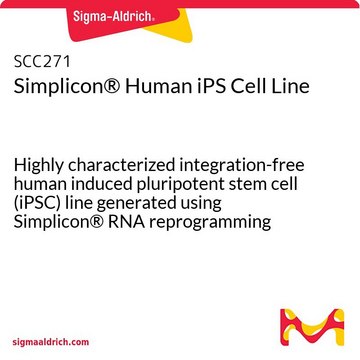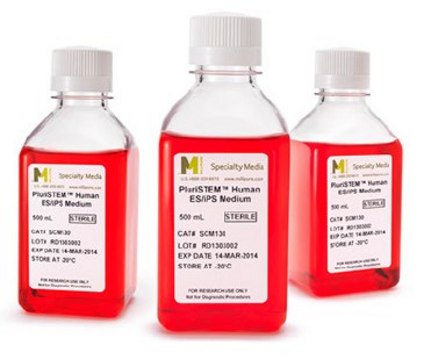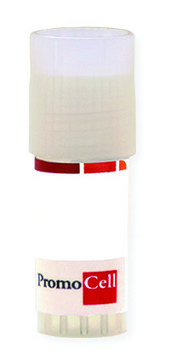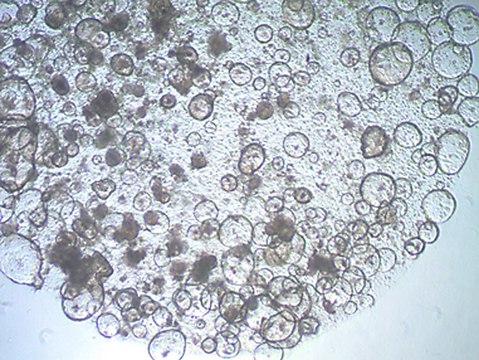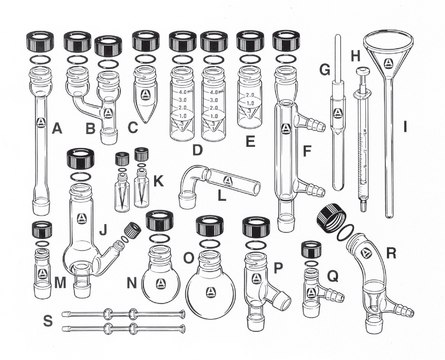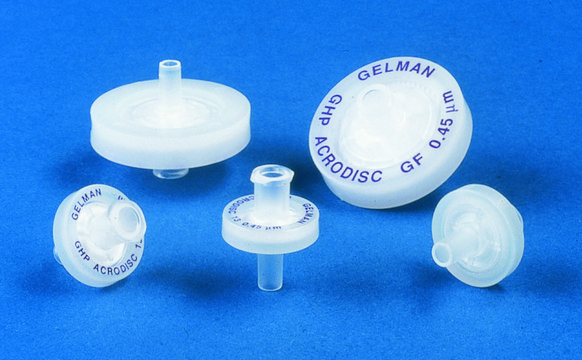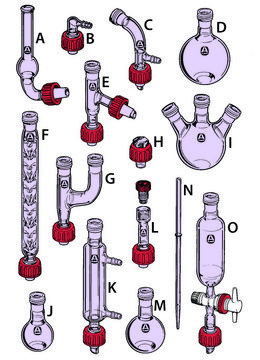66540356
SIGi001-A-1
Human iPS Cell Line
Synonym(s):
EBiSC iPSC Line, Human iPSC, Induced Pluripotent Stem Cell Line, iPS Cell, iPSC
About This Item
Recommended Products
biological source
human epithelium
Quality Level
reprogramming method
retrovirus
description
age (20-24)
manufacturer/tradename
EBiSC™
gender
female
growth mode
adherent (pluripotent)
technique(s)
cell culture | stem cell: suitable
relevant disease(s)
none
shipped in
dry ice
storage temp.
−196°C
General description
The EBiSC stem cell bank is a collection of human iPS cells available to academic and commercial researchers for use in disease modelling and other forms of stem cell research. The initial collection has been generated from a wide range of donors representing specific disease backgrounds and healthy controls. EBiSC has established many routine procedures for collecting, expanding and characterizing human iPS cell lines. The stem cell bank includes iPSC cell lines derived from neurodegenerative diseases (Alzheimer′s Disease, Parkinson′s Disease, Dementia, Motor Neuron Disease (ALS) - and Huntington′s Disease), eye and heart diseases, and lines from healthy control donors for age and sex matching.
Cell Line Origin
Sigma-Aldrich
Cell Line Description
Primary cell type: Epithelium
Reprogramming method
Vector type: Integrating
Vector: Virus
Virus type: Retrovirus
Gene list:
KLF4
MYC
POU5F1
SOX2
Have the reprogramming vectors been silenced: Unknown
Characterization
Analysis of Undifferentiated Cells
Marker expression: SSEA-1(-)SSEA-4 (+)POU5F1 (OCT-4) (+)TRA 1-60 (+)
Differentiation potency
Ectoderm: In vitro spontaneous differentiation
Marker Expressed:PAX6 (+)
Endoderm: In vitro spontaneous differentiation
Marker Expressed:GATA6 (+)
Mesoderm: In vitro spontaneous differentiation
Marker Expressed:AFP (+)
Microbiology / Virus Screening
HIV 1: Negative
HIV 2: Negative
Hepatitis B: Negative
Hepatitis C: Negative
Mycoplasma: Negative
Sterility
Inoculation for microbiological growth: No Contaminants Detected
Mycoplasma: Not Detected
Viability: Viable post-cryopreservation
Genotyping
Karyotyping
Passage number: 37
Cell line karyotype: No autosomal or sex chromosome abnormalities detected
Karyotyping method: Karyolite BoBs
Genotyping
STR/Fingerprinting: A 16 allele profile has been recorded and data is available upon request, after cell line purchase.
Genetic Modification
Disease/phenotype related modifications
Disease: Corticobasal degeneration
There are three disease associations for the edited subclone: PSP (progressive supranuclear palsy) /CBD (Corticobasal degeneration) / FTDP-17 (Frontotemporal dementia and parkinsonism linked to chromosome 17) - like symptoms
Type of modification: Isogenic
Gene: MAPT
Chromosome location: 17q21.31
Zygosity: Homozygous
Target locus modification: Mutated
Description: P301S+IVS10+16 C>T
Disease: Progressive supranuclear palsy
There are three disease associations for the edited subclone: PSP (progressive supranuclear palsy) /CBD (Corticobasal degeneration) / FTDP-17 (Frontotemporal dementia and parkinsonism linked to chromosome 17) - like symptoms
Linkage
Subculture Routine
Passage method: EDTA
Matrix: Matrigel® / Geltrex®
CO2 concentration: 5%
O2 concentration: 21%
Temperature: 37°C
Legal Information
Storage Class Code
12 - Non Combustible Liquids
WGK
WGK 3
Flash Point(F)
Not applicable
Flash Point(C)
Not applicable
Regulatory Information
Choose from one of the most recent versions:
Certificates of Analysis (COA)
It looks like we've run into a problem, but you can still download Certificates of Analysis from our Documents section.
If you need assistance, please contact Customer Support.
Already Own This Product?
Find documentation for the products that you have recently purchased in the Document Library.
Our team of scientists has experience in all areas of research including Life Science, Material Science, Chemical Synthesis, Chromatography, Analytical and many others.
Contact Technical Service